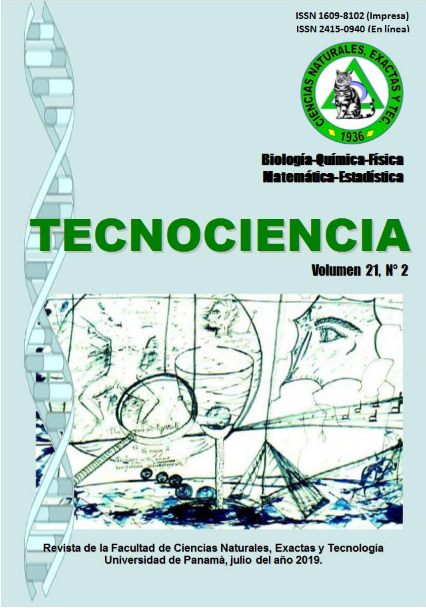

Most important features of the earth structure can be studied through the analysis of Rayleigh wave dispersion. This consists on its filtering and inversion to obtain shear wave velocity distribution with depth. I have applied this analysis to show lithospheric structure of South Iberia, by means of a set of 2D images of shear velocity for depths ranging from 1.5 to 46 km. The data used to obtain Rayleigh wave dispersion are the traces of 44 earthquakes, occurred on the neighbouring of Iberia. These earthquakes have been registered at 3 WWSSN stations located on Iberia. These stations have been considered because period range of best registration for WWSSN seismograph is the more suitable to explore the elastic structure of the Earth, for the depth range which is the objective of this study. I have proceeded to group all seismic events in source zones to obtain a dispersion curve for each path source-station. Dispersion curves are obtained by digital filtering with a combination of MFT and TVF filtering techniques. Thus, a set of source-station averaged dispersion curves was obtained. This set of dispersion curves is inverted according to generalized inversion theory, to obtain shear wave velocity models for each source-station path. These models can be interpolated to obtain a 2D mapping of the elastic structure of South Iberia, by kriging method. This mapping reveals the principal structural features of South Iberia and surroundings zones. Such features, as the existence of lateral and vertical heterogeneity in the study area, also can be seen in Moho depth mapping presented in this paper. Finally, I want to remark that no shear velocity models have been obtained for intermediate depths (5 to 30 km), up to date, for the Iberian area. For this reason, this is the goal of the study presented in this paper.